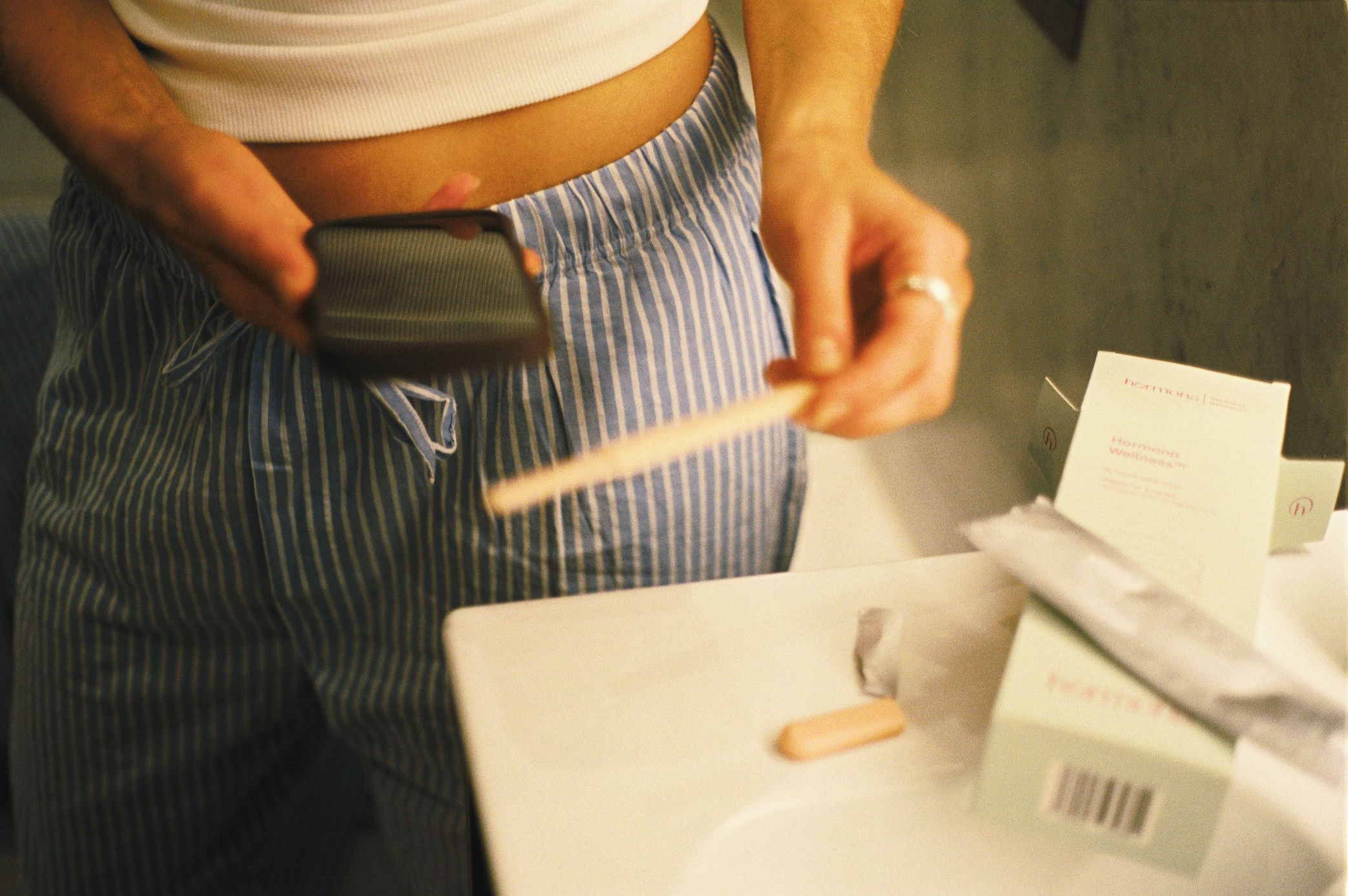
Gravity blankets, have you heard of those? If someone asked you “how do you sleep at night?” would you reply – Not bad? Counting sheep? Still awake worrying into the wee small hours? If you do, there’s countless over-the-counter remedies to help you sleep better at night, but the newest trend is a gravity blanket.
First and foremost it looks just like a regular blanket.
However, unlike a regular blanket they’re filled with plastic beads or pellets to make them heavier. Gravity, or weighted blankets can weigh anything from 3 to 20 pounds. They’re a little bit like one of those lavender or wheat-filled heat pads, although they don’t smell as bad! (Is it just me or do they always smell of cat urine?)
And unlike a regular blanket, a gravity blanket should be fitted to your size and not the size of your bed, because if the blanket overhangs the bed as gravity dictates the blanket will pull downwards, which doesn’t make for a good night’s sleep.
Gravity blankets are not a new thing at all.
They have been used by therapists for a long time to help children with autism, behavioural or sensory processing disorders, as they mimic deep pressure therapy, which uses the application of pressure, via touch or a weight, equally across the body.
Deep pressure therapy also uses something called proprioception, and as the weight applies pressure to your joints and muscles it lets your brain know where your body is in relation to space.
Proprioception: is the ability to instinctively sense the orientation of your body, and it’s stimulated every time you move.
It is a constant feedback loop within your nervous system, telling your brain what position you are in and what forces are acting upon your body at any given point in time.
An example of proprioception in action is how your body knows how to adjust to the change in surface from walking along the pavement to walking upon a grassy surface.
The resulting effect of deep pressure therapy is to balance your Autonomic Nervous System. Your ‘fight or flight’ response decreases, your body produce a feeling of calm and your emotions are regulated.
Both the therapy and gravity blanket work by stimulating the effect of being swaddled, or indeed hugged.
Since the pressure relaxes and calms the nervous system, a gravity blanket may help:
However, despite manufacturers claiming weighted blankets can prevent anxiety and insomnia concrete evidence is lacking, as research into the benefits of weighted blankets on people’s health has, to date, not proved conclusive either way.
In fact, just a normal heavy blanket will make you feel more secure and comfortable as it makes it harder for you to toss and turn as you sleep, and therefore slows your breathing and heart rate down.
That said, if you want to try it just remember like most things holistic not everything will work for everyone.
Massage therapy, involving pressure over the pain points, is one treatment recommended for those suffering with chronic pain, including osteoarthritis and fibromyalgia.
And as weighted blankets mimic deep pressure therapy they may therefore help reduce symptoms.
A 2016 study in the Journal of the Formosan Medical Association on the effects of deep pressure therapy during wisdom tooth extraction, found that the patients who experienced deep pressure therapy had lower anxiety levels,
As mentioned earlier, deep pressure therapy does help regulate your emotions and make you feel calmer, so to this end a weighted blanket which makes you feel comfortable and secure should help lower your anxiety levels.
Who wouldn’t pay for a decent night’s sleep? None of us really get the recommended amount of sleep our bodies need to keep us fit and healthy, and most of the time it’s not good quality sleep either.
Something that induces feelings of calm and makes us feel as if we’re being hugged, has got to be good, right?
They should never be used by children under the age of 8!
As an adult, if in doubt it’s a good idea to check with your doctor before using a weighted blanket, especially if you suffer from one of the following:
Well now, that’s the million-dollar question. To be honest, I’d probably give it a go.
But would you? Let me know in the comments.
Until next time darlings.
Claire
Xx

-


Dr Singh is the Medical Director of the Indiana Sleep Center. His research and clinical practice focuses on the myriad of sleep.

The benefits of a hormone-balancing diet While being on a diet to regulate hormones may not sound like fun at first, once you begin seeing the benefits, you’ll wonder why you waited so long to start. As women, our bodies

What is an LH surge? If you’re tracking your hormones, you’ve probably noticed a drastic increase in your LH levels around the middle of the month, near the time you ovulate. It may make you wonder,” Why is my LH

When do you ovulate after giving birth? The postpartum whirlwind can make life extra hectic, and it’s easy to lose track of where you are in your menstrual cycle. Just like every woman is unique, so is the healing period
Hormona© 2024, All Rights Reserved
| Cookie | Duration | Description |
|---|---|---|
| cookielawinfo-checkbox-analytics | 11 months | This cookie is set by GDPR Cookie Consent plugin. The cookie is used to store the user consent for the cookies in the category "Analytics". |
| cookielawinfo-checkbox-functional | 11 months | The cookie is set by GDPR cookie consent to record the user consent for the cookies in the category "Functional". |
| cookielawinfo-checkbox-necessary | 11 months | This cookie is set by GDPR Cookie Consent plugin. The cookies is used to store the user consent for the cookies in the category "Necessary". |
| cookielawinfo-checkbox-others | 11 months | This cookie is set by GDPR Cookie Consent plugin. The cookie is used to store the user consent for the cookies in the category "Other. |
| cookielawinfo-checkbox-performance | 11 months | This cookie is set by GDPR Cookie Consent plugin. The cookie is used to store the user consent for the cookies in the category "Performance". |
| viewed_cookie_policy | 11 months | The cookie is set by the GDPR Cookie Consent plugin and is used to store whether or not user has consented to the use of cookies. It does not store any personal data. |
